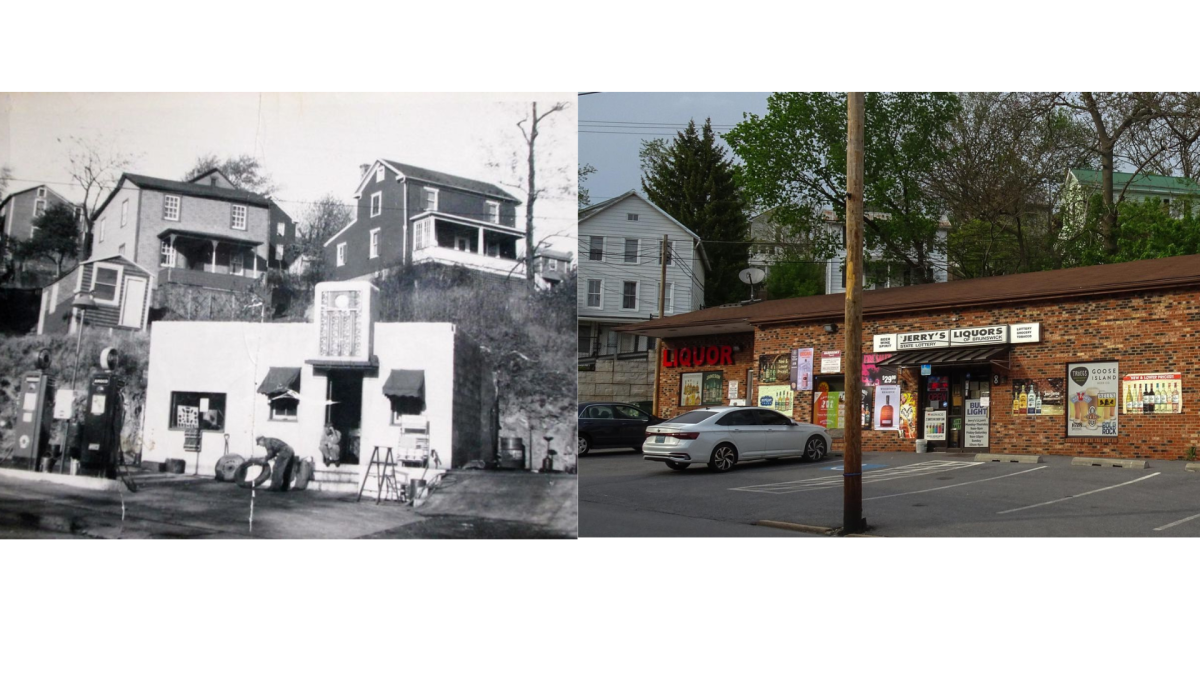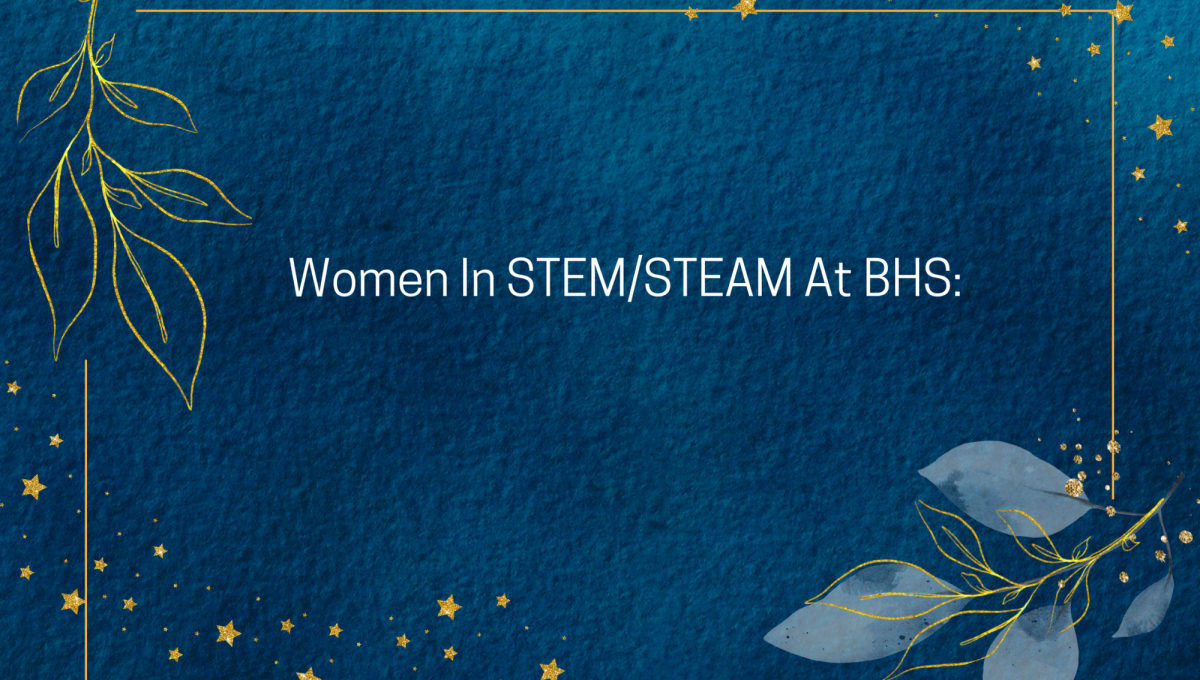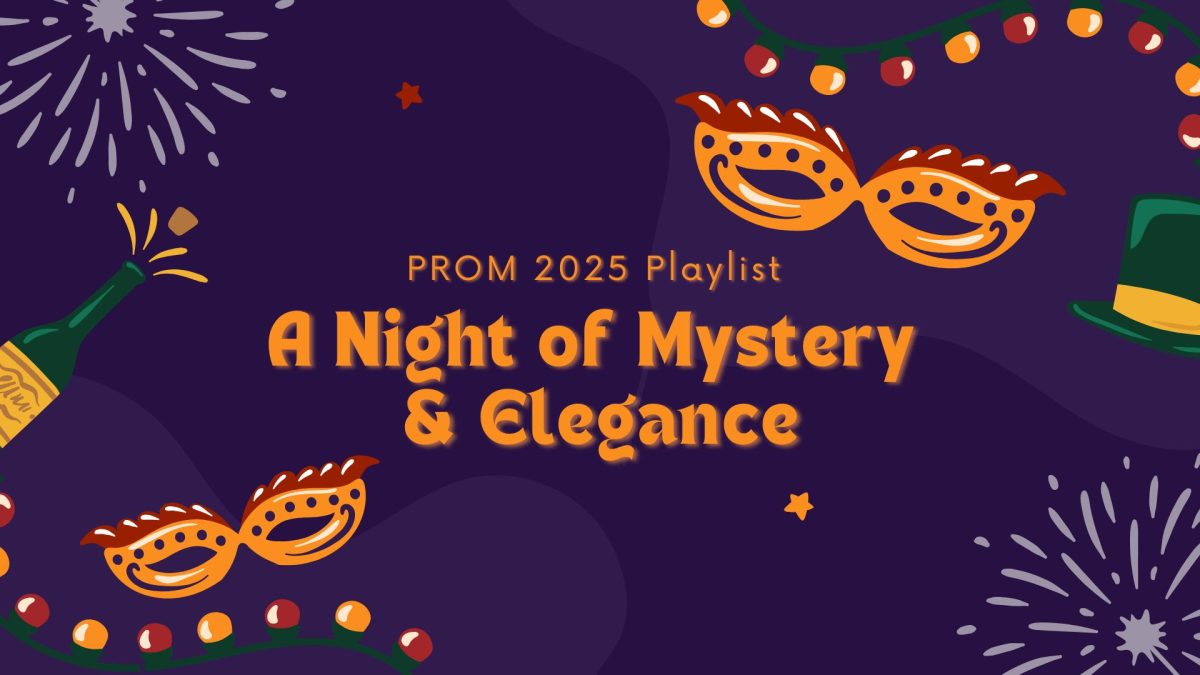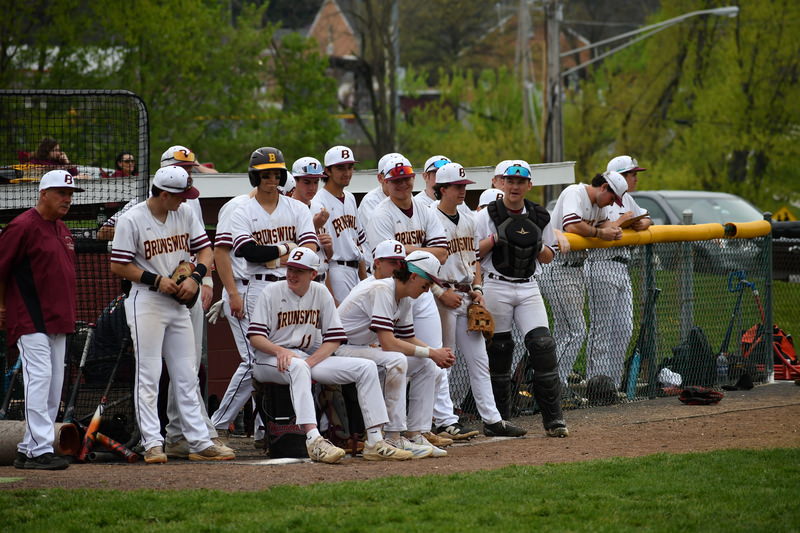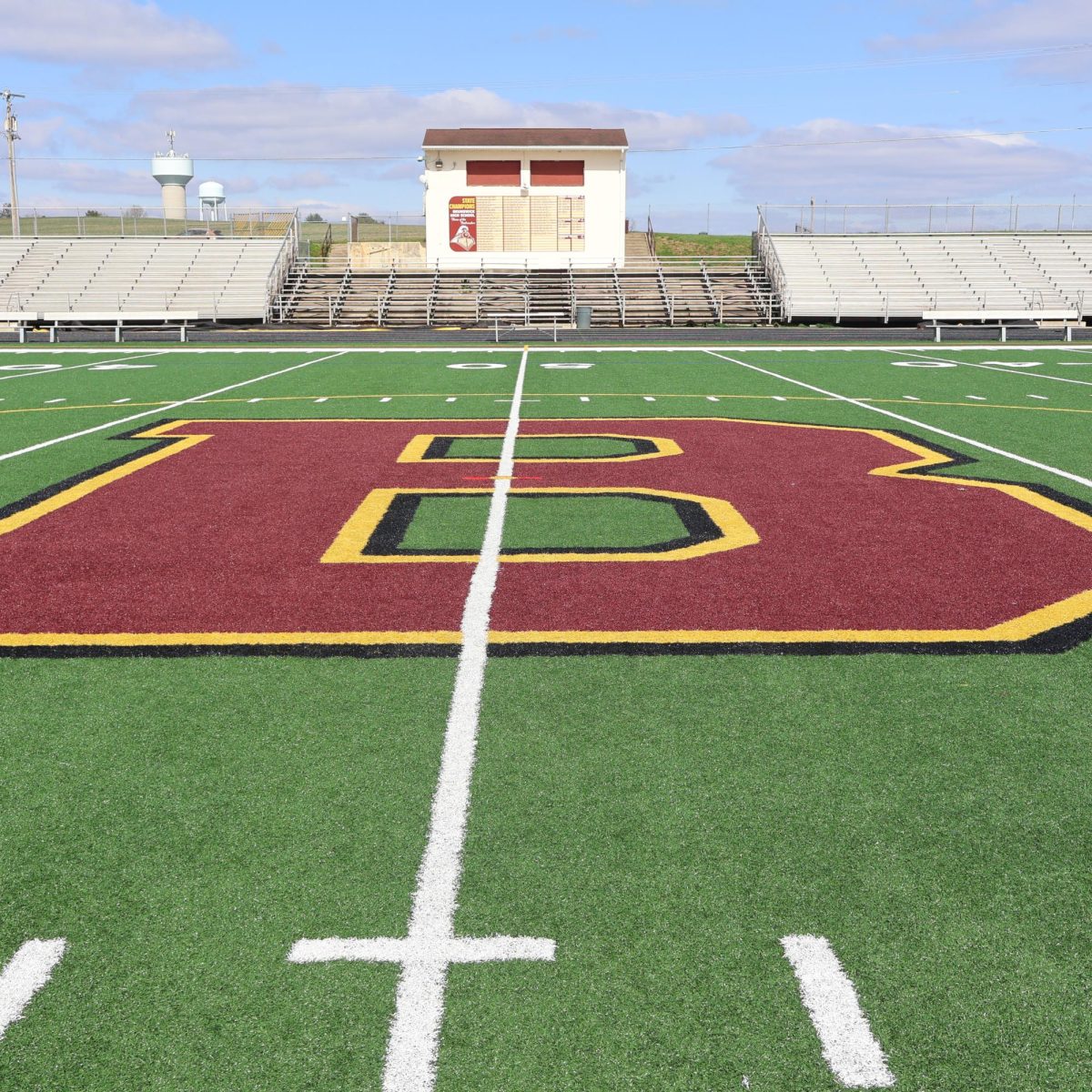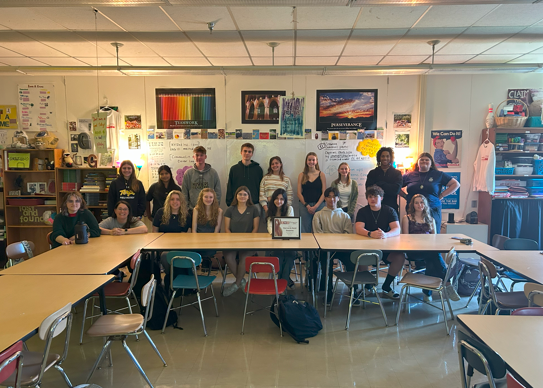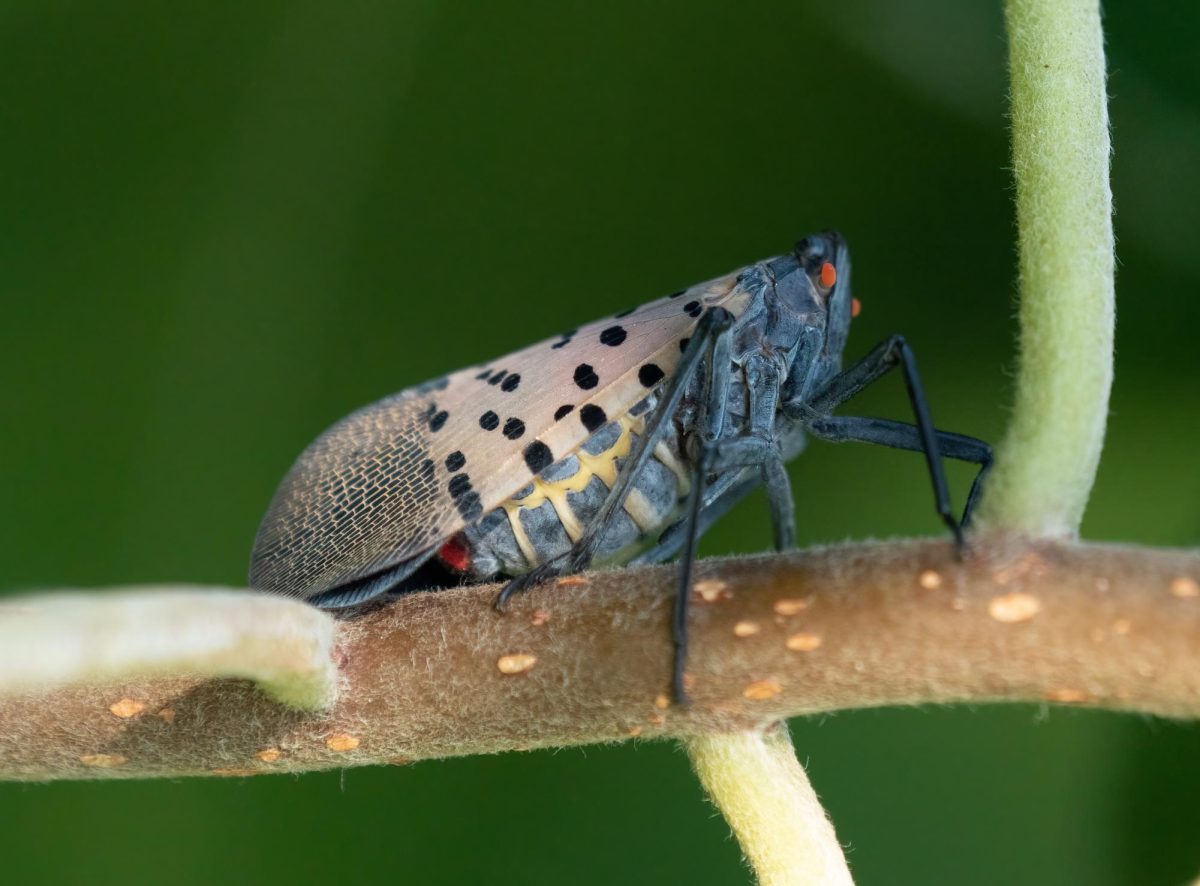Evolution of Metal
The Rich History of Metal Music

Image Source from Google Google Image Creative Commons: Fanpop – Frank Iero Club
Frank Iero from Leathermouth (2007)
Metal originates from the early Rock genre; the roots of which can be found in Blues and Ragtime. However, the Metal genre as it is known and enjoyed today can be traced to more contemporary acts. Pioneering acts like The Beatles, The Rolling Stones, The Who, The Kinks, Jimi Hendrix, Led Zeppelin, and more. These acts set the stage for the first Metal bands to form.
Birmingham: 1968

Black Sabbath is formed. Black Sabbath’s self-titled album received negative reviews but was extremely popular and formed a generation of Metal and Rock bands to come. Black Sabbath pioneered heavy Metal bringing the genre into the limelight.
Glam Metal is also referred to as Pop Metal and Hair Metal. The name ‘Hair Metal’ comes from the tendencies of Glam Metal artists to have 80’s hair and/or fashion. Glam Metal is characterized by stomping rhythms, bold Pop Punk riffs, and a lot of shouting. Some of the big names within this genre include bands like Mötley Crüe, Twisted Sister, and Def Leppard. In the early 90s, Grunge began rising in popularity, which is what caused the downfall of Glam Metal. Drugs were a big problem within the Glam Metal scene.

Grunge has its origins in Washington state. The Washington area was isolated from bands’ U.S. tours because it was out of the way for them to come to any of the cities. This isolation allowed the scene to grow alone by itself despite the musical trends of the time. This genre takes inspiration from Punk, and Heavy Metal forming a unique blend. Once bands like Alice in Chains, Soundgarden, Pearl Jam, and Nirvana emerged into the mainstream view they became obsessed. Despite the fame, Grunge burned fast with many important figures dying i.e. Kurt Cobain, and Layne Staley with more deaths later like Chris Cornell and Scott Weiland.
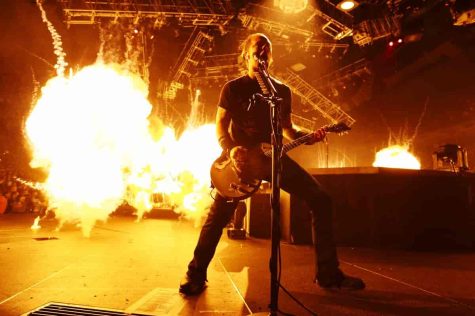
Thrash Metal—also known as Speed Metal. Many early thrash bands were from San Francisco and as a result, it became known as Bay Area Thrash. Thrash Metal started sometime during the early to mid-80s and reached its peak in the late 80s. There was a strong east coast thrash scene as well, which was mostly led by bands like Anthrax and Overkill. The “Big 4” of Thrash Metal are considered to be Metallica, Slayer, Megadeth, and Anthrax. Most, if not all, of the earlier Thrash Metal bands, were heavily influenced by genres like New Wave British Metal and hardcore punk. Thrash Metal was also the inspiration for later alternative and experimental genres such as Death and Black Metal. Thrash Metal became a defining part of the Metal genre, becoming synonymous with the genre as a whole.
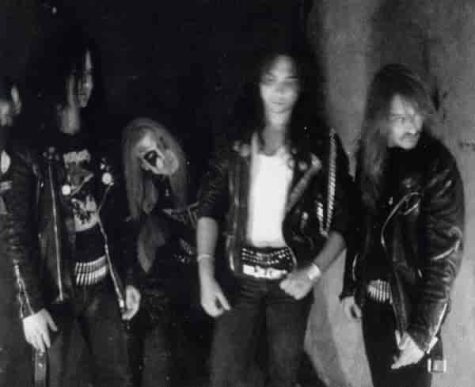
Death and Black Metal evolved together around the same time, using similar tropes and techniques; such as tremolo picking, blast beats, chugging, drop tunings, distorted vocals, and dark imagery. Although they have a lot of similarities, they have large differences in culture. Devoted Black Metal fans view the genre as a lifestyle and take it very seriously, this has led to the burning of churches, murder, and more. This caused the genre and lots of Metal to be demonized by the media; when only a loud minority of fans were taking harmful actions. A key example of this is the genre-defining band, Mayhem. Infamous for the suicide of Dead (“Pelle” Ohlin), the vicious murder of Euronymous (Øystein Aarseth), and the conviction of former member, Varg Vikernes. These genres went on to inform other genres like SDBM, Deathcore, and more.
Nu Metal is a controversial and divisive genre, with some elitists hating it, and others loving it. Nu Metal takes influence from Alternative Metal, Hip Hop, Industrial, Funk, and Grunge. Creating a unique blend. Defined by acts like Korn, Limp Bizkit, Coal Chamber, Slipknot, Deftones, System of a Down, Linkin Park, and more. Nu Metal became a defining genre for the late 90s and early 2000s. This popularity led to two Nu Metal bands playing the Family Values Tour, Ozzfesr, and the chaotic Woodstock 99 (Korn, Limp Bizkit). Nu Metal, unfortunately, became known for its toxic community and declined in popularity as the 2000s progressed. Recently, it has seen a resurgence in popularity; mainly due to TikTok.

The origins of Metalcore can be dated back to the mid-1980s when bands like Agnostic Front and Suicidal Tendencies were mixing thrash, punk, and hardcore together. The genre continued to rise in popularity throughout the 1990s, as a significant wave of Metalcore bands formed and began to reshape the Metal landscape. The northeastern part of the U.S., especially New York and Massachusetts, were breeding grounds for the development of this genre, which quickly spread. The 2000s saw the genre really blow up; with bands like Atreyu, As I Lay Dying, and Bullet For My Valentine releasing albums that landed in the upper levels of the Billboard album chart. Outside of America’s Metalcore scene, bands like Bring Me The Horizon from the U.K., Germany’s Caliban, Japan’s Crossfaith, and Australia’s I Killed The Prom Queen all helped spread Metalcore across the globe. Today, Metalcore is still one of the most popular genres within the Metal community, even with some criticism from people in the underground Metal community. Metalcore has also spawned numerous offshoots and subgenres of itself; such as deathcore, electronicore, mathcore, and many others.
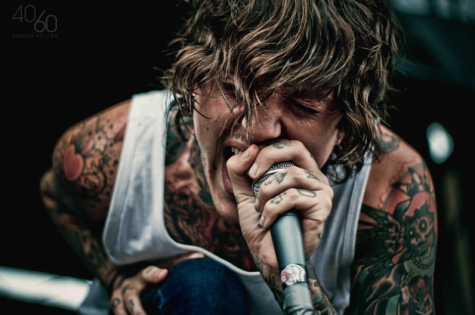
Metal is currently being pioneered by bands like Polyphia, 200 Stab Wounds, Gulch, Turnstile, Scalp, and Knocked Loose; and is a very fast-growing and diverse community. Despite its issues and negative aspects, the Metal community can be a very accepting and positive place for many people. Metal has had a large impact on many people throughout the decades, and continues to leave an impact even now.
Although the Metal and Rock scene can be very positive for some, allowing people to meet similar-minded people—it can also be known to promote a community with negativity, angst, and aggression. Lyrics can be triggering and some songs can be alarming, loud, and upsetting or controversial to listeners outside of the genre. For some the music can be relatable and theraputic for trauma or differences but for others it can be isolating. Despite this, the community is ever-changing, and there will always be a place for people who are different and oppressed somewhere within the scene.
Your donation will support the student journalists of Brunswick High School. Your contribution will allow us to purchase equipment. Our goal is to purchase some updated and much needed cameras for the program.

